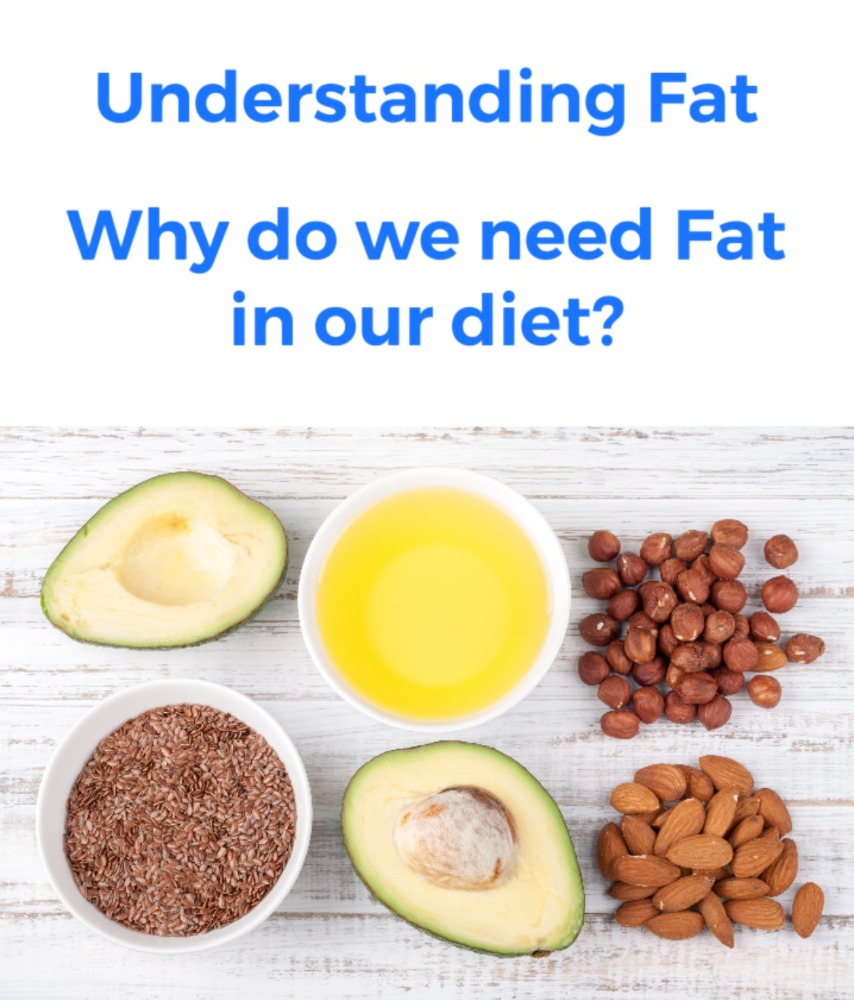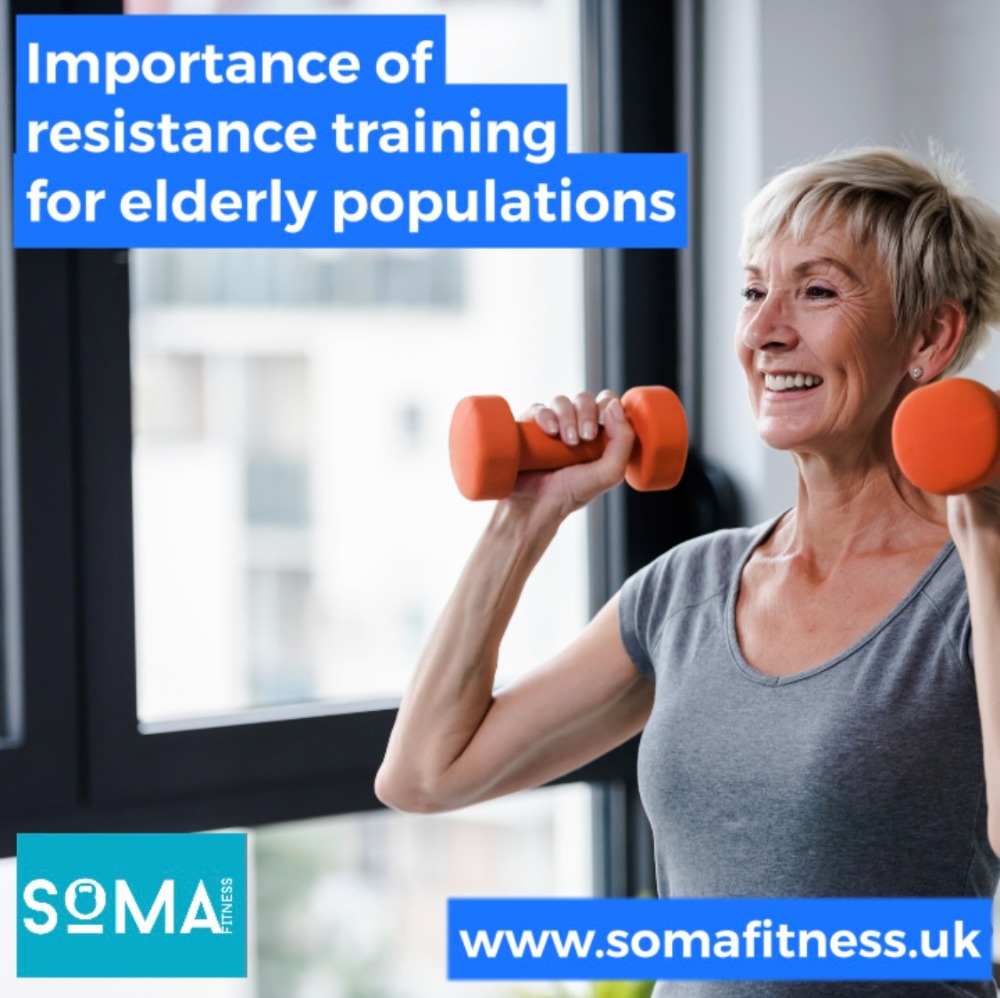Group Physique Camps
Intensive 8 Week Group Personal Training

What are the Intensive Physique Camps?
Scientific approach to resistance training and nutritional programming in a group personal training setting with the focus on decreasing body fat and increasing lean muscle mass with our professional coaches.
What will I achieve from signing up to the camps?
- You will learn how to resistance train correctly under the guidance of a professional coach and accelerate your progression.
- Learn what meals and food to consume, we workout your calories and macros based on you as an individual.
- Supplemental and lifestyle advice based on an assessment.
- Support from your coaches and your community.
- Build positive relationships
- A fun way to achieve a lean and strong physique.
What times are the camps on?
Monday – 9:15 am, 8:00 pm.
Tuesday – 6:30 am
Wednesday – 9:15 am, 8:00 pm.
Thursday – 6:30 am
Friday – 6:30 am, 9:15 am, 8:00 pm.
Saturday – 6:30 am
You select your times for each week and you commit to those times for the duration of the 8 weeks.
For example the groups will be:
Monday/Wednesday/Friday – 9:15 am
Monday/Wednesday/Friday – 8:00 pm
Tuesday/Thursday/Saturday – 6:30 am
How much is the investment?
£449.99
What happens once I pay?
The first session we do with you is an assessment, we take some before and after photos, and assess your mobility stability and strength so that we can devise a training program for you.
We provide you the quality of coaching from a 1-1 personal training session to a group session which is a lot more affordable. We cap the session at 15 people per class, 5 clients per 1 coach. This enables us to be able to focus on the execution of your exercises.
- We base your exercise program on you as and individual based on your first initial assessment.
- 8 weeks of focused coaching 3 times per week. (24 sessions)
- We tailor your nutritional plan towards your overall goals and lifestyle.
- Lifestyle and supplementation advice based on the data we extract for our assessment process.
- 24/7 support from our coaches via watsapp group.
- Discounted 1-1 personal training sessions at Soma Fitness.
How do I sign up to the camps?
Contact us and one of our team will let you know when it begins and will guide you through the payment process. You pay for the camps up front and once this is done you select the which times you wish to commit too, we then send you a questionnaire to fill in and send back to us so our coaches can process it and extract the important data.
What is expected from me when I begin the camps?
- During the sessions give all your effort and attention to your coaches and other members of the camp.
- Be respectful to other members of the camp, the gym can be an intimidating place for some people so we strive to make a positive and progressive environment for all.
- Follow your coaches nutritional plan, this is going to be massive if you wish to make changes to your physique, you will be accountable to your coaches during this process and we are there to help you for the whole duration of the camp.
- If you have a bad day let us know we learn so much from the bad days so be open and honest we are in it together.
- Enjoy every session and have fun! It’s not a boot camp you won’t have a coach shouting at you aggressively our coaches will be coaching you and encouraging you to be the strongest version of yourself.
If your interested and would like to know when the next camp begins please contact us and we can let you know the start date and availability.







Recent Comments